Many travelers build their bucket lists around destinations celebrated in glossy magazines and social media feeds. Meanwhile, entire nations rich with cultural treasures, natural wonders, and transformative experiences remain overlooked due to outdated perceptions, limited media coverage, or complex political histories.
These misunderstood destinations often provide deeper connections with locals, fewer tourist crowds, and more authentic interactions than their heavily marketed counterparts. Here is a list of 20 countries that deserve a second look despite their challenging reputations, offering travelers willing to venture beyond conventional destinations some of the most rewarding experiences available anywhere.
Iran

Behind the geopolitical headlines lies a nation with some of the world’s most spectacular Islamic architecture, including the intricate blue-tiled mosques of Isfahan and the ancient ruins of Persepolis. Iranian hospitality reaches legendary status among travelers, who consistently report being invited into homes for meals and tea by strangers eager to share their culture.
The sophisticated cuisine, bazaars dating back millennia, and 24 UNESCO World Heritage Sites provide endless cultural riches rarely matched elsewhere in the Middle East.
Colombia

Long associated with drug cartels and civil conflict, Colombia has transformed into South America’s rising star for savvy travelers. The colonial splendor of Cartagena’s walled city provides a perfect introduction to a country that seamlessly blends Caribbean, Andean, and Amazonian cultures.
Local initiatives have reclaimed formerly dangerous neighborhoods like Medellín’s Comuna 13, now vibrant centers of street art and cultural expression that directly confront the country’s challenging past while celebrating its creative future.
Like Travel Pug’s content? Follow us on MSN.
Albania
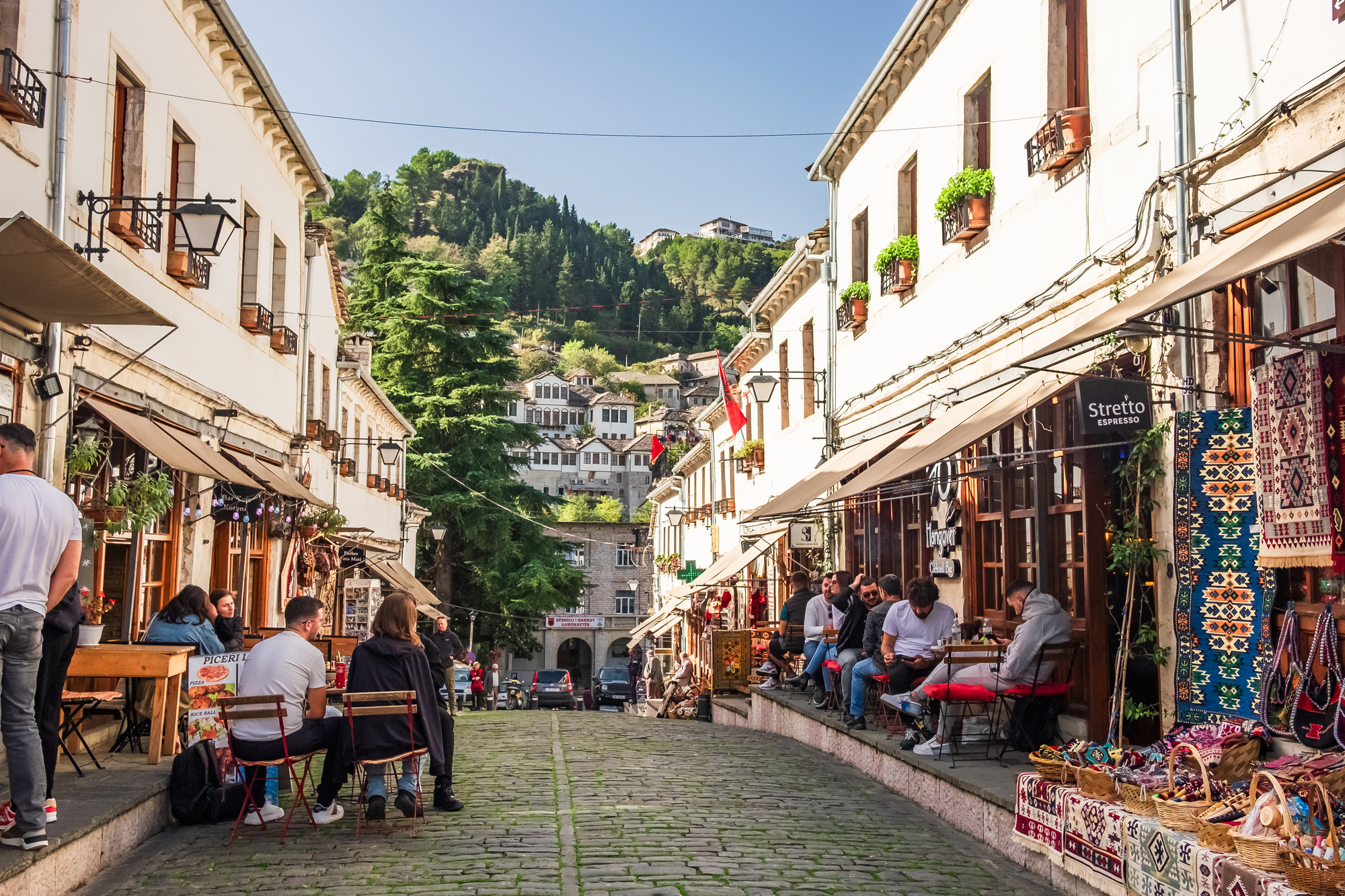
Isolated for decades under a paranoid communist regime, this Balkan nation offers Mediterranean beaches without Italian or Greek crowds and prices. The rugged Albanian Alps provide challenging hiking through traditional villages where mountain hospitality traditions remain unchanged for centuries.
Ancient ruins from Illyrian, Greek, and Roman times sit largely unvisited compared to similar sites elsewhere, making intimate experiences with history impossible at more famous archaeological destinations.
Pakistan

The northern regions of Pakistan contain some of the world’s most spectacular mountain scenery along the Karakoram Highway, where peaks like K2 create jaw-dropping vistas. The ancient Silk Road traditions continue in markets and festivals throughout regions like Hunza Valley, where centuries-old agricultural practices persist against breathtaking backdrops.
Pakistan’s archaeological heritage includes the sophisticated ancient city of Mohenjo-daro, one of the world’s earliest urban centers, showcasing advanced engineering from 4,500 years ago.
Nicaragua
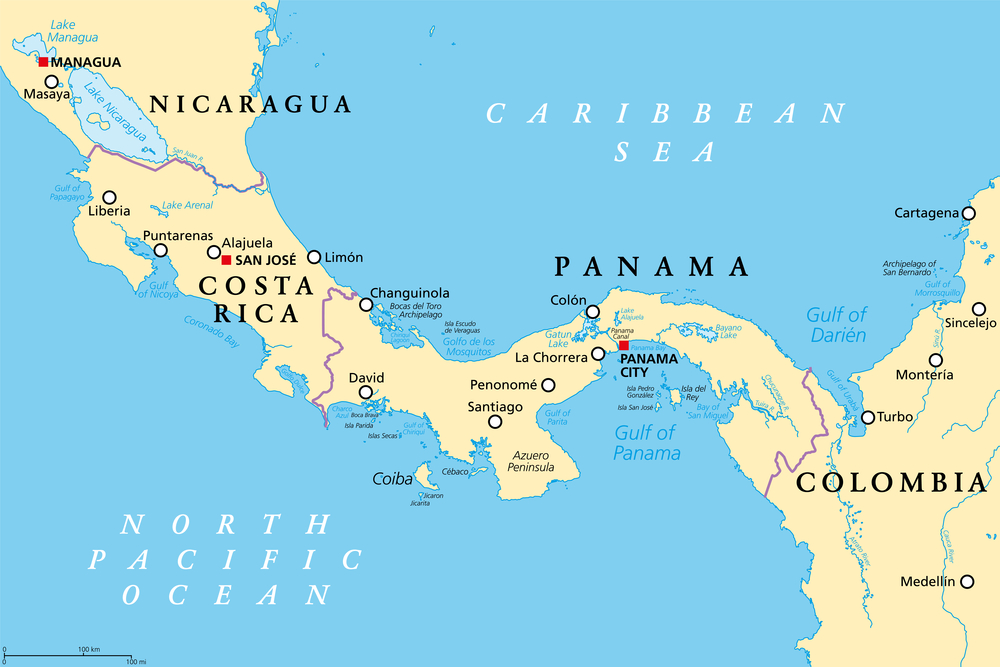
Often overshadowed by its more tourist-friendly neighbors, Costa Rica and Panama, Nicaragua offers similar natural beauty at a fraction of the cost. Colonial cities like Granada and León feature colorful Spanish architecture without the souvenir shops and tourist restaurants that have transformed similar towns elsewhere.
The twin volcanoes of Ometepe Island rising from Lake Nicaragua create one of Central America’s most distinctive landscapes, where pre-Columbian petroglyphs and organic farms coexist in a timeless setting.
Like Travel Pug’s content? Follow us on MSN.
Zimbabwe
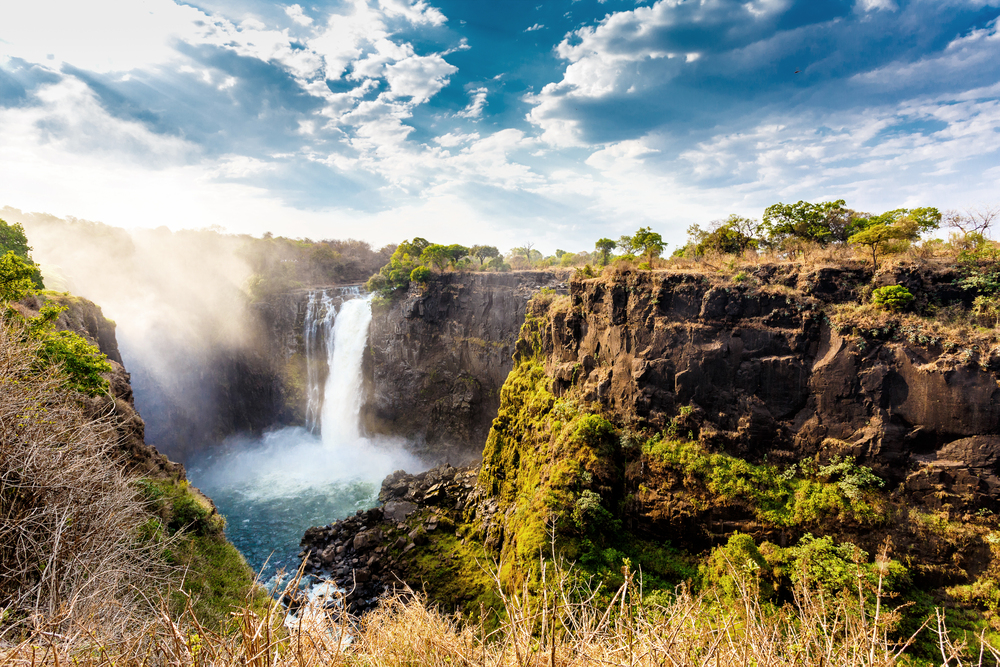
Home to Victoria Falls, one of the world’s most impressive natural wonders, Zimbabwe offers safari experiences in less crowded national parks where close encounters with elephants, lions, and hippos occur without dozens of other vehicles present. The stone ruins of Great Zimbabwe reveal the remains of a sophisticated medieval African kingdom that controlled trade routes across the continent.
Community tourism initiatives throughout the country create meaningful cultural exchanges that directly benefit local people while providing visitors with authentic insights.
Romania
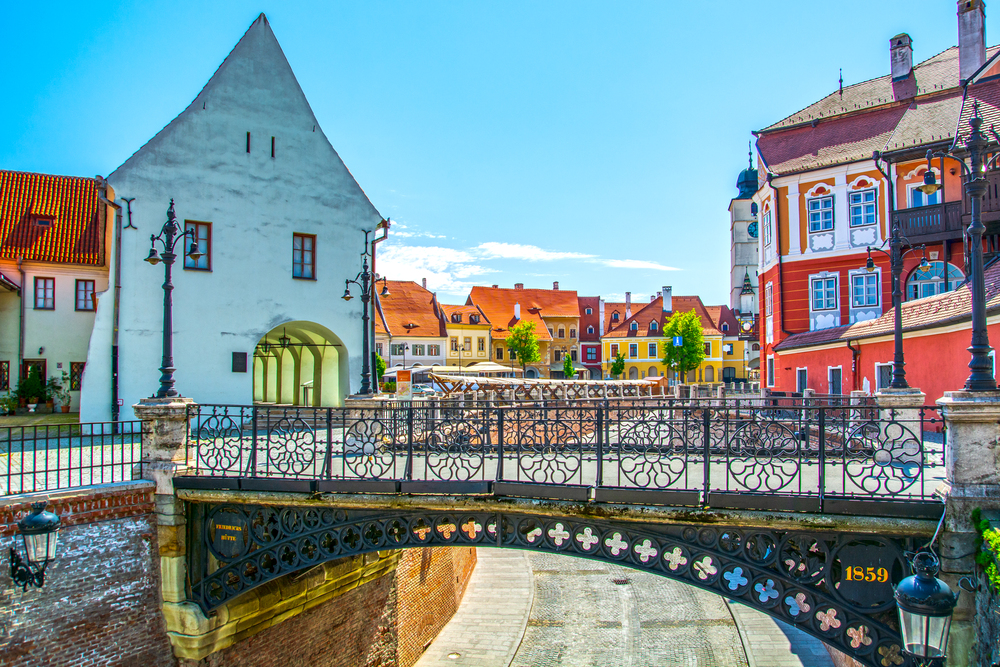
Beyond the Dracula mythology lies a country where medieval villages in Transylvania continue centuries-old traditions in the shadow of fortified churches and dramatic mountains. The painted monasteries of Bucovina feature extraordinary exterior frescoes that have survived since the 15th and 16th centuries, displaying Byzantine art techniques found nowhere else in Europe.
Rural homestays in regions like Maramureș connect travelers with traditional crafts, cuisine, and celebrations largely unchanged despite modernization elsewhere.
Georgia

This Caucasus nation offers some of the world’s oldest winemaking traditions, with methods dating back 8,000 years, which are still practiced in regions like Kakheti. The remote mountain communities of Svaneti feature distinctive medieval tower houses that protected local families during centuries of invasions and blood feuds.
Orthodox monasteries perched on impossible cliffsides and mountaintops showcase Georgia’s deep Christian heritage. At the same time, the capital, Tbilisi, blends Persian, Russian, European, and distinctly Georgian architectural elements in a captivating cultural mosaic.
Like Travel Pug’s content? Follow us on MSN.
Kyrgyzstan
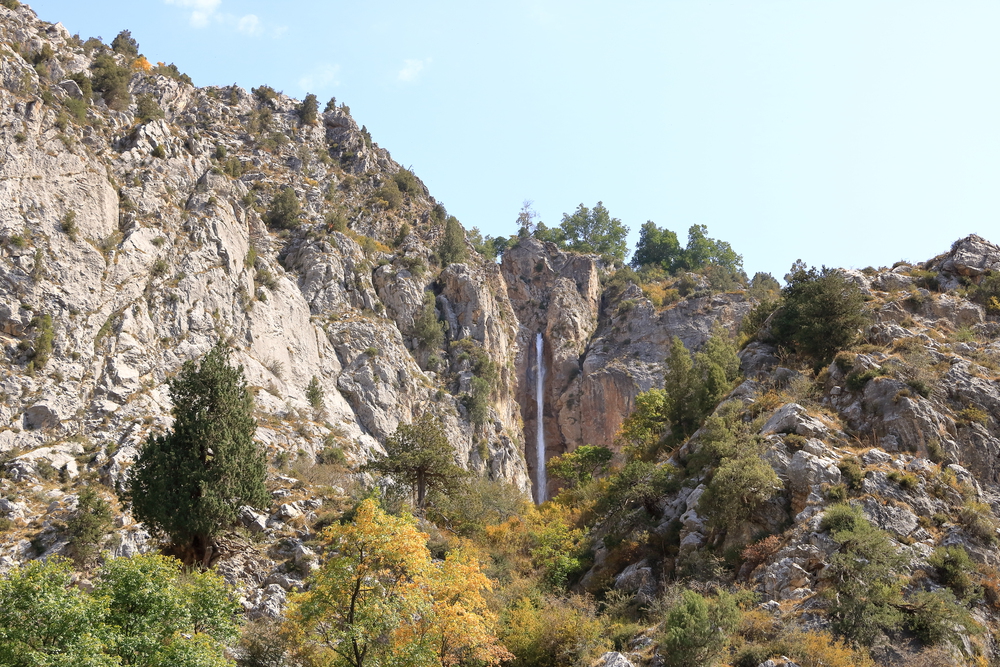
The nomadic traditions of Central Asia remain vibrant in this mountainous country, where summer brings families to high alpine meadows with their yurts and livestock. The massive Lake Issyk-Kul provides a surprising beach destination, surrounded by snow-capped peaks of the Tien Shan range.
Community-based tourism has developed thoughtfully here, allowing visitors to experience horse games, eagle hunting, and traditional music while ensuring benefits flow directly to local families rather than outside corporations.
Ethiopia

The rock-hewn churches of Lalibela represent one of humanity’s most impressive archaeological achievements, with entire churches carved downward into solid rock beginning in the 12th century.
The Simien Mountains, amid dramatic escarpments and canyons, provide habitat for endemic wildlife like gelada baboons and Ethiopian wolves. Traditional coffee ceremonies offer insight into the birthplace of coffee culture, with multiple rounds of brewing becoming social occasions that sometimes stretch for hours.
Bangladesh

The world’s largest delta creates a landscape where water defines everyday life, from the bustling river ports of Dhaka to the mangrove forests of the Sundarbans, home to Bengal tigers and traditional honey collectors. The tea plantations around Sylhet stretch across rolling hills where methods established during British colonial times continue alongside tribal communities maintaining distinct cultural practices.
The complete absence of mass tourism throughout the country ensures authentic interactions with locals who are genuinely curious about foreign visitors.
Like Travel Pug’s content? Follow us on MSN.
Algeria
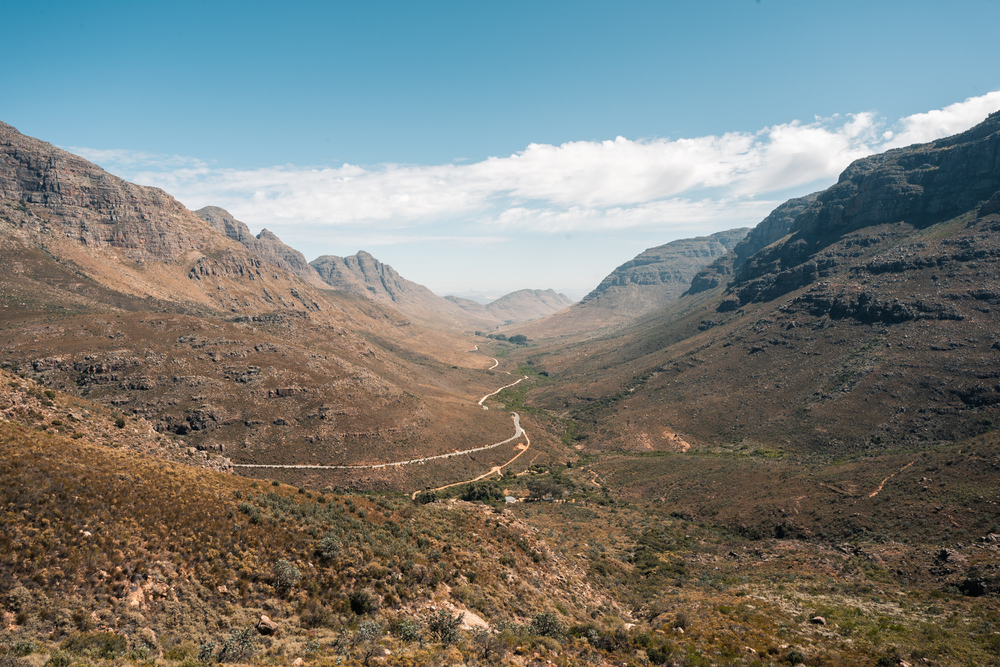
The sweeping Saharan dunes and oasis towns of southern Algeria offer desert experiences equal to any in Morocco or Egypt but with virtually no other tourists present. The UNESCO-listed Casbah of Algiers preserves an intricate maze of historical streets tumbling down to the Mediterranean.
Roman ruins at Timgad and Djémila rival anything in Italy for preservation quality. The Kabyle villages of the Atlas Mountains maintain Berber traditions in communities perched dramatically along ridgelines and valleys.
Moldova
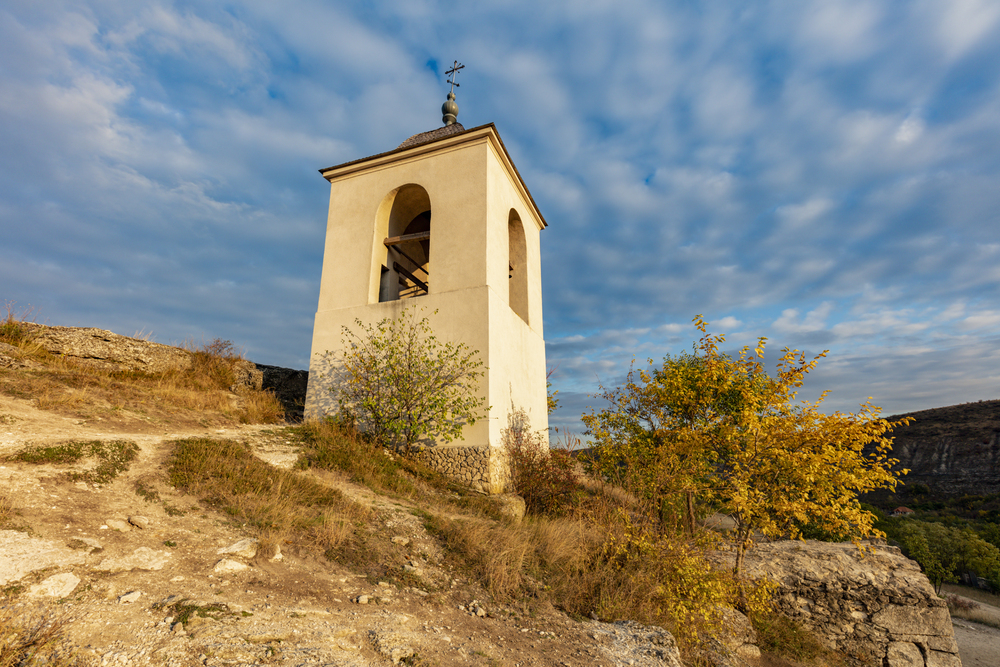
Europe’s least-visited country offers surprising wine experiences in massive underground cellars like Cricova, where limestone mines have been converted to store millions of bottles. The breakaway region of Transnistria presents a fascinating time capsule of Soviet aesthetics, complete with Lenin statues and hammer-and-sickle flags maintained decades after the USSR’s collapse.
Rural agrarian traditions continue in villages where horse carts remain common transportation, and traditional crafts like carpet weaving persist through government support for cultural preservation.
Sudan
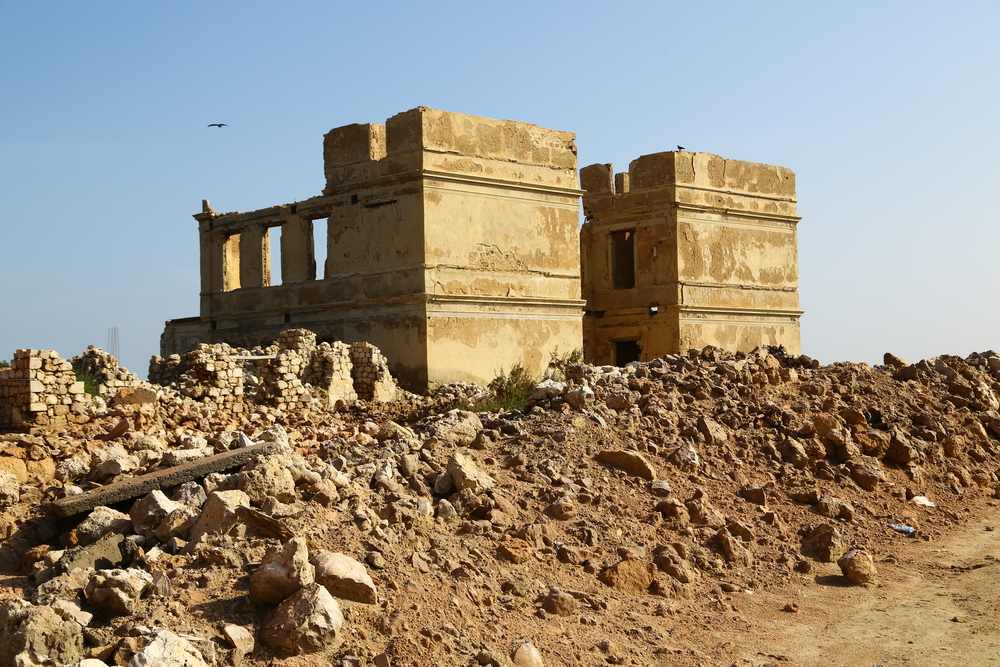
The pyramids of Meroe stand in splendid isolation in the desert north of Khartoum, outnumbering Egypt’s more famous structures while receiving a tiny fraction of the visitors. Traditional Nubian villages along the Nile maintain distinctive architectural styles featuring geometric designs and bright colors that have influenced construction methods for millennia.
The confluence of the Blue and White Nile creates a compelling natural spectacle in the capital, where the different colored waters flow side by side before gradually mixing.
Like Travel Pug’s content? Follow us on MSN.
Armenia
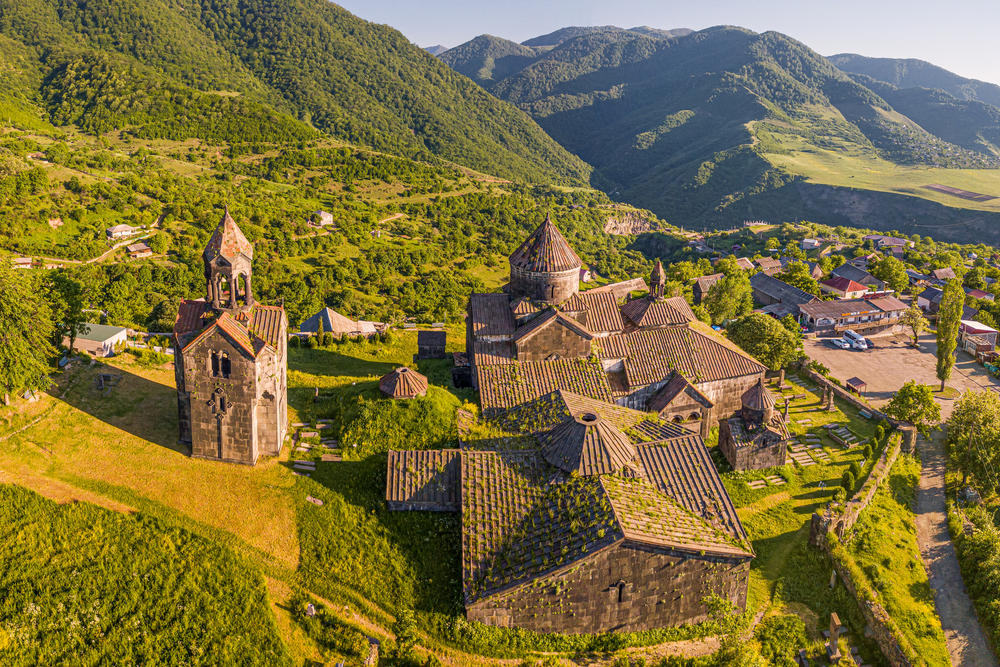
This small Caucasus nation contains an extraordinary concentration of ancient monasteries perched in dramatic locations, including Geghard, partially carved into a mountain, and Tatev, accessed by the world’s longest reversible cable car. The world’s oldest winemaking facility dates back 6,100 years, predating any similar discovery elsewhere by millennia.
The distinctive Armenian alphabet, created in 405 CE, appears on monuments throughout the country, reflecting a cultural commitment to literacy and learning that persisted through centuries of foreign domination.
Uzbekistan
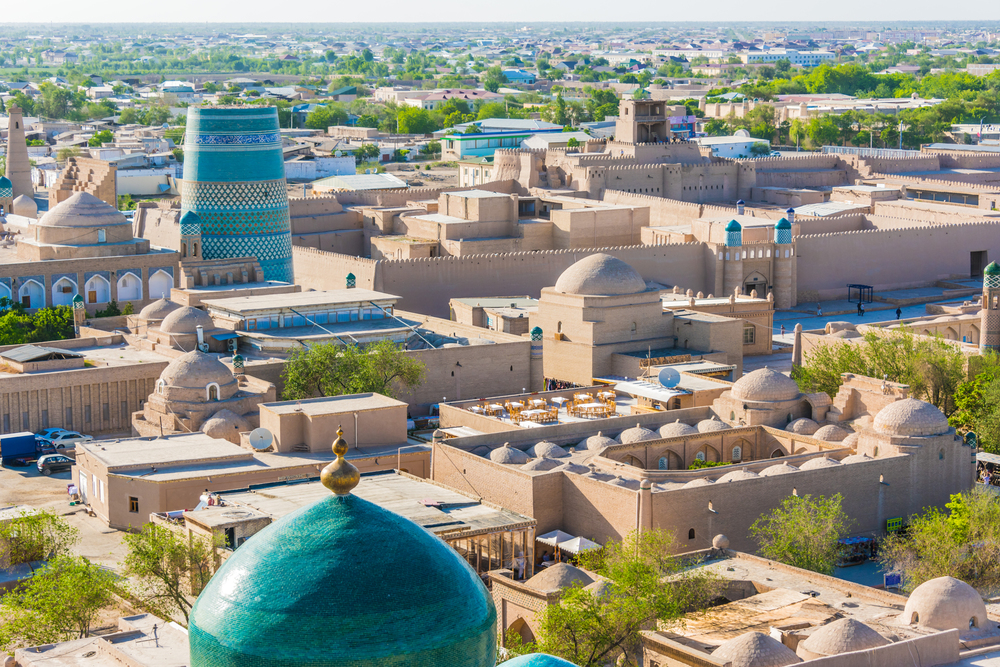
The Silk Road cities of Samarkand, Bukhara, and Khiva preserve some of the Islamic world’s most impressive architectural ensembles, with blue-domed madrassas and minarets creating skylines unchanged for centuries. Traditional crafts, including silk weaving, ceramic production, and wood carving, continue in workshops, often using methods passed down through generations of master artisans.
The rapidly modernizing capital of Tashkent offers fascinating contrasts between Soviet-era monuments, contemporary development, and restored historical quarters.
Lebanon

Despite ongoing challenges, this small Mediterranean nation packs extraordinary diversity into a compact geography, from snow-capped mountains to ancient coastal cities. The temples of Baalbek represent some of the Roman world’s most impressive and well-preserved structures, with columns and building elements of almost incomprehensible scale.
The food culture alone justifies a visit, with regional variations of mezze reflecting influences from throughout the Middle East presented with distinctly Lebanese flourishes.
Like Travel Pug’s content? Follow us on MSN.
Timor-Leste

Southeast Asia’s youngest nation offers pristine coral reefs for diving and snorkeling without the crowds found in more established destinations. Traditional animist beliefs blend with Catholicism in mountain villages where annual harvest ceremonies include buffalo sacrifices and ritual dances.
The struggle for independence from Indonesia created a national narrative centered on resilience and determination, with museums and memorials providing moving testimony to the human cost of self-determination.
Ghana
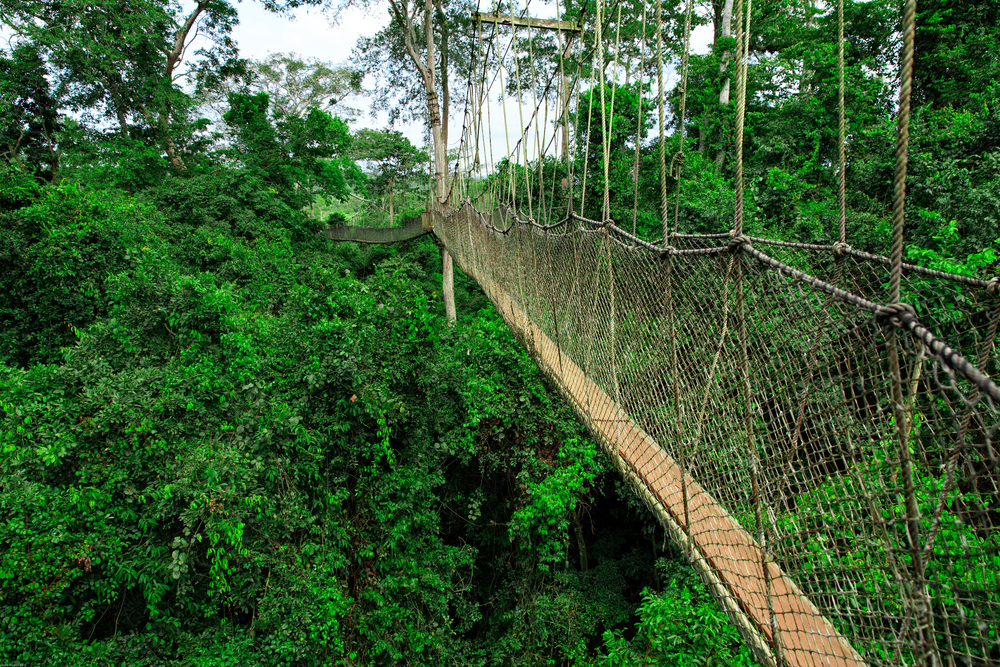
West African cultural traditions remain vibrant in communities throughout Ghana, from the Ashanti kingdom’s continued influence to coastal slave fort memorials that provide powerful education about the transatlantic slave trade. The northern regions offer insights into traditional compounds where extended families live together in distinctive circular structures adapted perfectly to the local climate.
The rhythm of daily life in markets, fishing villages, and urban neighborhoods provides countless opportunities for meaningful interactions with some of the world’s most famously friendly people.
El Salvador
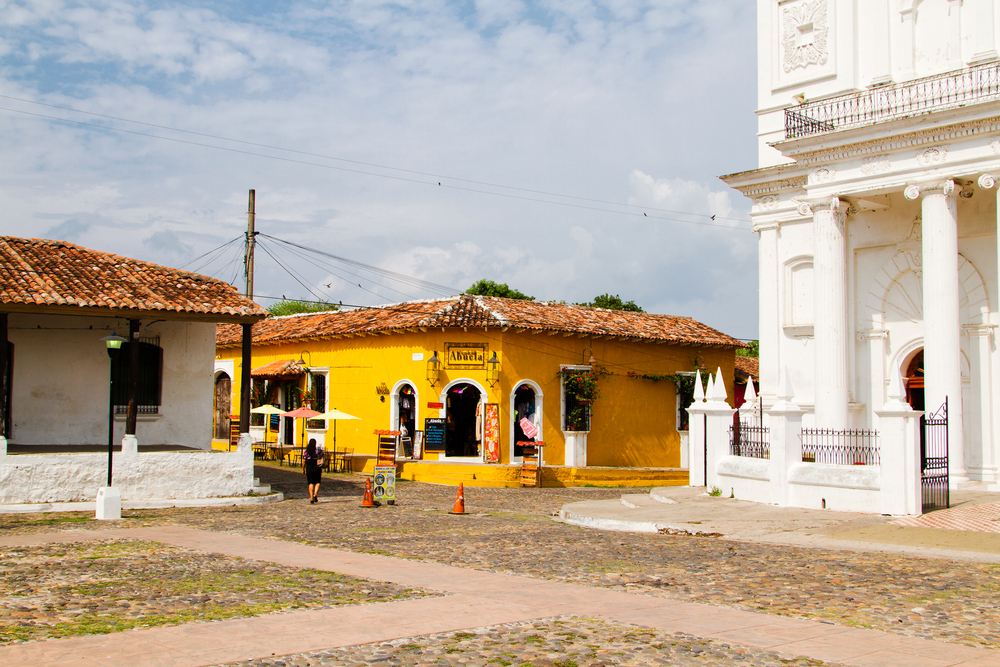
Central America’s smallest country packs extraordinary natural diversity into a compact area, from perfect surfing beaches to cloud forests and active volcanoes. The Route of Flowers connects mountain towns where indigenous traditions persist in craft production, cuisine, and seasonal celebrations despite historical persecution.
Traditional architecture using indigo dyes for exterior walls creates distinctive streetscapes in towns like Suchitoto, where cultural restoration projects have created vibrant arts communities.
Like Travel Pug’s content? Follow us on MSN.
Beyond the Headlines

These misunderstood countries remind us that the richest travel experiences often come from places where tourism infrastructure remains authentic rather than manufactured. The challenges that have created their difficult reputations—political transitions, economic struggles, or regional conflicts—have often simultaneously preserved cultural traditions and natural environments from overdevelopment.
For travelers willing to research current conditions rather than rely on outdated perceptions, these destinations offer the increasingly rare opportunity to experience places where visitors remain guests rather than consumers, where curiosity trumps comfort, and where the unexpected creates the most lasting memories.
More from Travel Pug

- Cities Growing so Fast You Won’t Recognize Them in 10 Years
- 13 Destinations Where Tourists Regularly Regret Their Trip
- 20 Obscure WWII Sites Even History Buffs Don’t Know About
- 10 Under-the-Radar Mountain Towns That Are Both Affordable and Beautiful
- 20 Abandoned Places That Feel Like Real-Life Post-Apocalyptic Movie Sets
Like Travel Pug’s content? Follow us on MSN.
